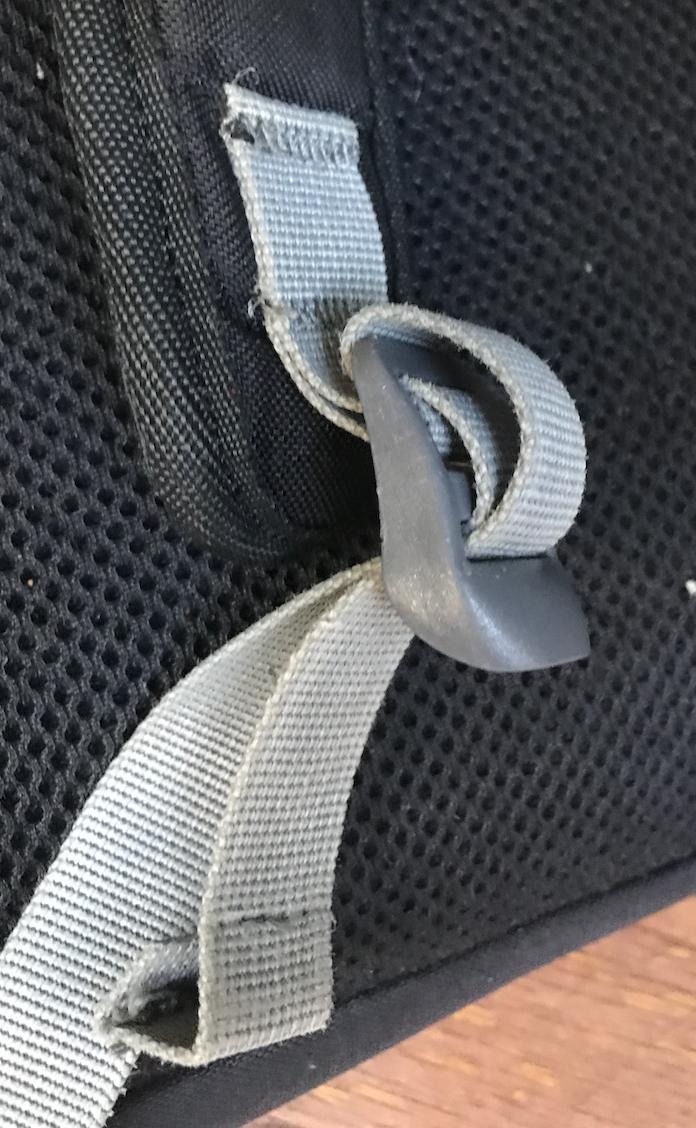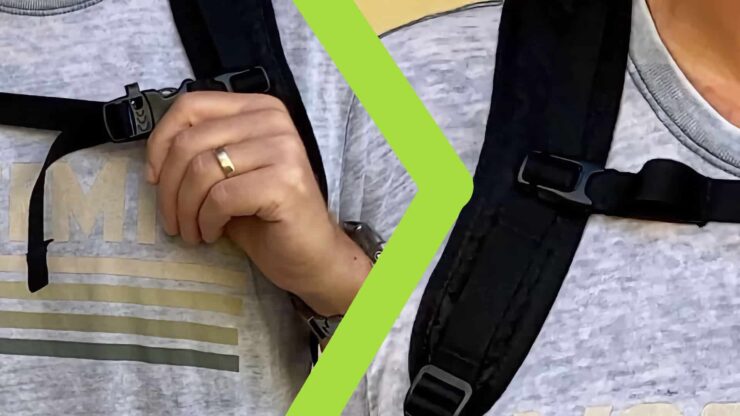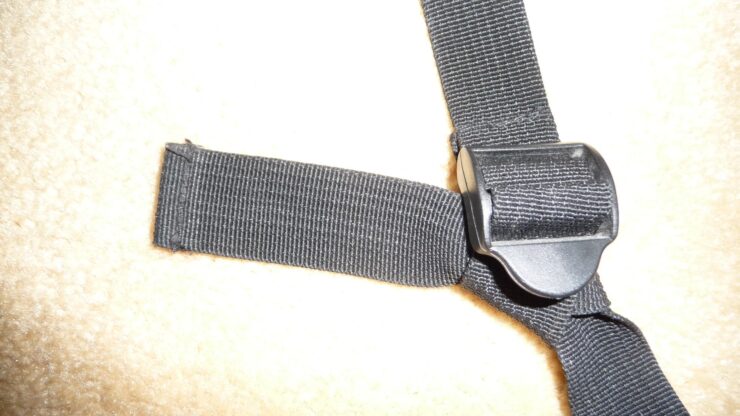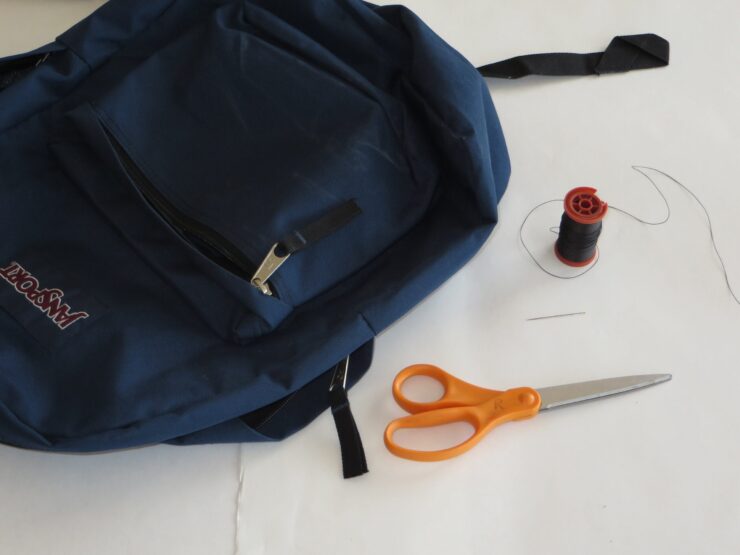A backpack is more than just a carrying tool—it’s part of your daily routine. Whether you’re commuting to work, heading to school, or traveling, a well-fitted backpack ensures even weight distribution and protects your posture. However, one of the most common frustrations is a loose backpack strap that keeps slipping or fails to stay adjusted.
This guide walks you through practical ways to fix a loose backpack strap, ensuring safety, comfort, and a longer product lifespan. We’ll also touch on preventive measures, useful accessories, and how to maintain your backpack properly.
Key Reasons Why Backpack Straps Loosen

Understanding why your straps loosen in the first place helps in applying the right solution. Common causes include:
- Worn or damaged buckles: The plastic hardware may lose grip over time.
- Frayed or slippery webbing: Smooth or aged strap material can easily slide through the buckle.
- Improper adjustments: Straps not set or tensioned properly will slide under weight.
- Excessive weight: Overloaded bags can stress the straps and accelerate loosening.
Knowing the source of the issue is the first step in solving it effectively.
Consider Add-Ons for Better Strap Management
In many cases, adding small accessories can enhance grip and keep straps in place.
Examples include:
- Tri-glide sliders: These prevent the strap from slipping backward once it’s tightened.
- Elastic keepers: These wrap around the strap to hold excess webbing in place.
- Custom accessories: Items like clips, patches, or tags can also add style while improving function.
If you want to enhance your backpack’s appearance while improving its practicality, consider decorative yet useful accessories like custom enamel pins. These can be attached to your bag straps or flap for a personalized touch and additional strap weight support.
Fast DIY Fixes to Secure Loose Straps

Before heading to a repair shop or replacing the backpack entirely, there are easy ways to fix the issue yourself. These solutions range from temporary quick fixes to more permanent repairs.
1. Tighten the Adjustment Properly
Sometimes, the simplest fix is the most overlooked. Ensure the webbing strap is threaded correctly through the buckle:
- Feed the strap through the lower slot of the buckle.
- Loop it back through the upper slot, forming a tight hold.
- Pull down on the loose end while pressing the buckle upward.
If this doesn’t hold, proceed to the next steps.
2. Use a Rubber Band or Elastic Loop
A rubber band wrapped tightly around the buckle can create friction that prevents sliding. Wrap the band directly behind the buckle on the tightened section of the strap.
This is particularly useful for quick hikes or short-term needs. While not permanent, it can hold up surprisingly well for light-duty use.
Reinforce the Buckle or Replace It

If your buckle is cracked, warped, or no longer holds tension, it’s time to upgrade. Replacement buckles are inexpensive and available at hardware stores or outdoor retailers.
How to replace a backpack buckle:
- Measure the strap width so you purchase a compatible size.
- Use a seam ripper or scissors to remove the old buckle.
- Slide on the new buckle—many are designed with snap-in parts that don’t require sewing.
- Re-thread the strap securely following the manufacturer’s loop path.
This minor repair can restore the original functionality of your bag.
Stitching as a Long-Term Solution
If the webbing continues to slip or the adjustment fails repeatedly, stitching the strap in place may be necessary—particularly if you always use the same length.
Steps:
- Mark your preferred strap length.
- Fold the strap back on itself to create a strong loop.
- Use heavy-duty thread or upholstery thread and a sturdy needle.
- Stitch multiple passes in an X-pattern for added strength.
This is a semi-permanent solution ideal for users who don’t need adjustable straps anymore (e.g., camera bags or fixed-fit daypacks).
Tips to Prevent Strap Loosening in the Future
Once you’ve fixed your loose backpack strap, here are a few best practices to keep the issue from recurring:
- Avoid overloading your backpack beyond its weight rating.
- Store it properly: Hanging the backpack rather than dropping it helps preserve the strap shape and hardware.
- Regularly check the webbing and buckles for signs of wear, especially before long trips.
- Use external strap keepers or clips to hold straps in place even under movement.
- Clean your straps if they accumulate dust or oils, which can reduce grip over time.
When Should You Consider Professional Repair?

For high-end hiking gear or travel backpacks, professional repair may be worthwhile—especially if the stitching, shoulder padding, or structural parts are affected.
Situations that justify repair services:
- Frame issues that affect how the straps align
- Torn shoulder straps or dislodged anchoring points
- Specialty bags where DIY solutions may void warranties
Most outdoor gear brands offer repair services or direct you to certified partners. These often cost less than replacing the entire bag and extend its usability for years.
Comparison Table: Fixes by Use Case
| Situation | Best Fix | Time Required | Skill Level |
| Minor slipping on daily use | Rubber band or tri-glide | 2–3 mins | Beginner |
| Old or broken buckle | Buckle replacement | 10–15 mins | Intermediate |
| Permanent fixed length needed | Sew webbing in place | 15–30 mins | Intermediate |
| Customization with function | Add custom enamel pins | 2–5 mins | Beginner |
| Heavy-duty or specialty gear | Professional repair | Several days | Expert needed |
Final Thoughts
A loose backpack strap might seem like a small annoyance, but over time it can affect posture, cause discomfort, and even damage your bag.
Fortunately, there are multiple solutions to restore a snug fit—from quick DIY tricks to thoughtful accessories and permanent fixes.
By taking the time to properly adjust, reinforce, or upgrade your strap system, you not only improve daily comfort but also extend the life of your backpack. Simple tools like tri-glide clips or rubber bands can make a big difference, and a stylish add-on like a custom enamel pin brings both character and control.
Don’t wait until the strap gives out mid-commute or on a hike. Inspect your gear now, apply the fix that fits your situation, and carry on with confidence.
